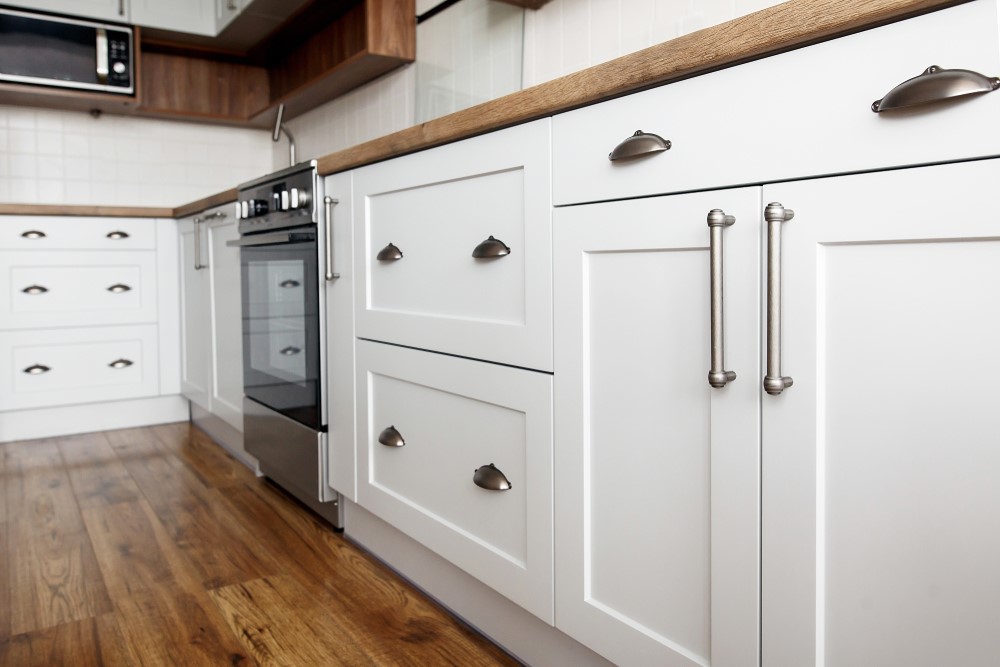Is it time to replace your windows at home? When it comes to new windows, you have a wide range of options on the market, and it may be difficult to decide. Window style and frame color are not the only factors you should consider when looking for new quality windows.
Certain characteristics must be assessed since they influence how you use your windows regularly. Continue reading to learn more about the features of quality windows.
Quality Windows Should Be Energy Efficient
One of the main characteristics of quality windows is energy efficiency. Windows that are energy-efficient not only make your home more comfortable, but they can also help you save money on utility bills. Buying energy-efficient windows also helps in the reduction of carbon footprint by cutting down energy usage. This can be your contribution to help protec our environment.
Energy-efficient windows are high quality because they’re also built to provide better insulation than standard windows. They prevent heated or cooled air from escaping your home as well.
Quality Windows Are Made of Durable Hardware
The hardware is one of the most important components of a window. It includes all the materials and non-metal parts that allow a window to open, close, and remain properly shut. That’s why the second characteristic of a quality window is having durable hardware.
Quality windows are made of high-grade hardware to ensure durability and longevity. Some of the most common hardware of windows are PVC and fiberglass. PVC windows have a particularly long service life. They stand out for their distortion resistance and high level of functionality. PVC windows can last for up to 50 years.
Fiberglass is also durable hardware that’s difficult to damage during a construction accident or severe weather event. It is made of glass fibers that are resistant to scratching and denting, which are common to other window materials.
Quality Windows Should Be Easy To Operate
The third characteristic of a quality window is ease of use. A quality window should open and close easily, with no special physical effort on your part. Due to seasonal temperature changes, window frames can expand and contract, making them difficult to open and close over time. For this reason, look for quality windows that can withstand these effects and still be easy to use after several years.
When looking for a new window, don’t be afraid to experiment with the display items. Do they appear to withstand heavy use? Does the window latch close without much effort?
It is important to have a window that is easy to operate, especially during emergencies. Your window can serve as an emergency exit. You do not want a window that is hard to open because it will be difficult to use in the event of a fire or other emergency.
You also do not want the window to be so loose in its frame that it will not remain in an open position, as this could cause serious injury. A window that is easy to use will help keep you safe during unexpected events.
Purchase Quality Windows From Us
Windows are essential for allowing in natural light and tying the aesthetic of your home together. They are significant investments, so consider every single detail when planning to replace your windows at home. Be sure that you are looking into the characteristics of high-quality windows before purchasing a new one. Call Nuzum Building Supply in Viroqua, WI to buy quality windows for your home.


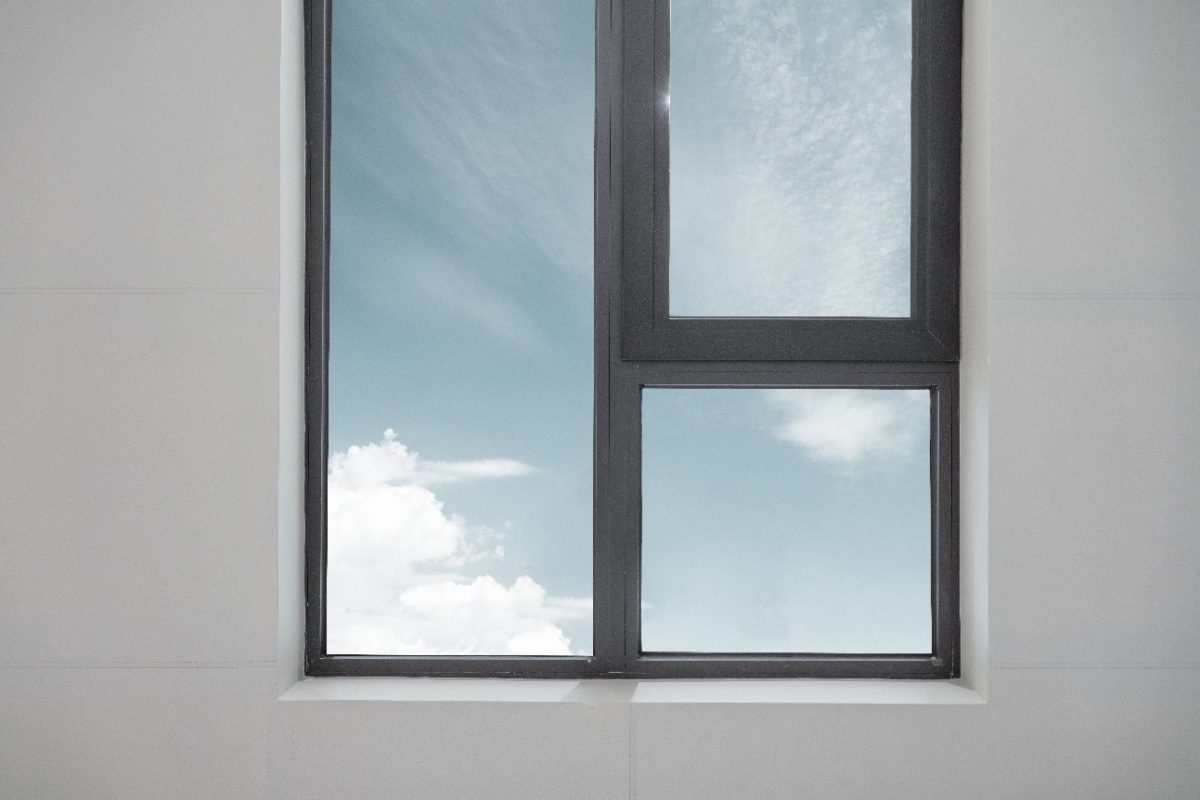
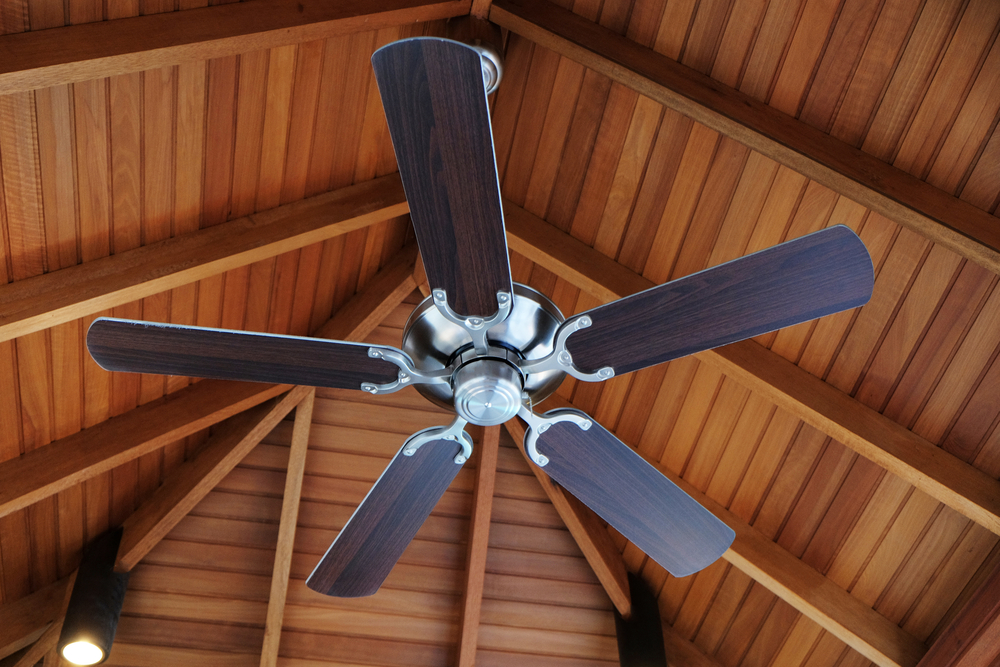
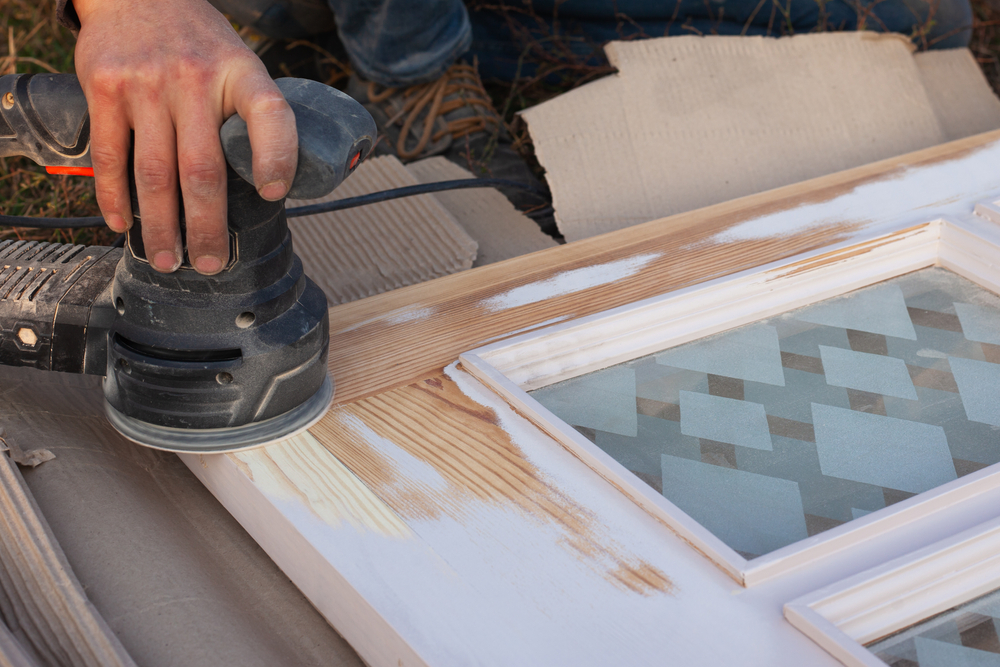
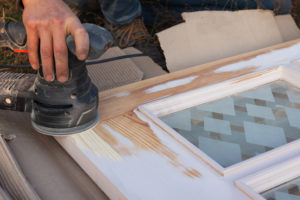

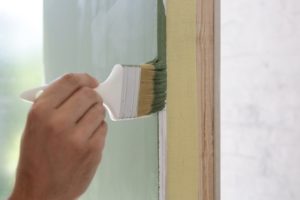


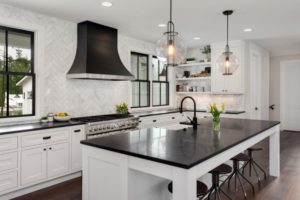 se simple steps to improving your kitchen:
se simple steps to improving your kitchen: